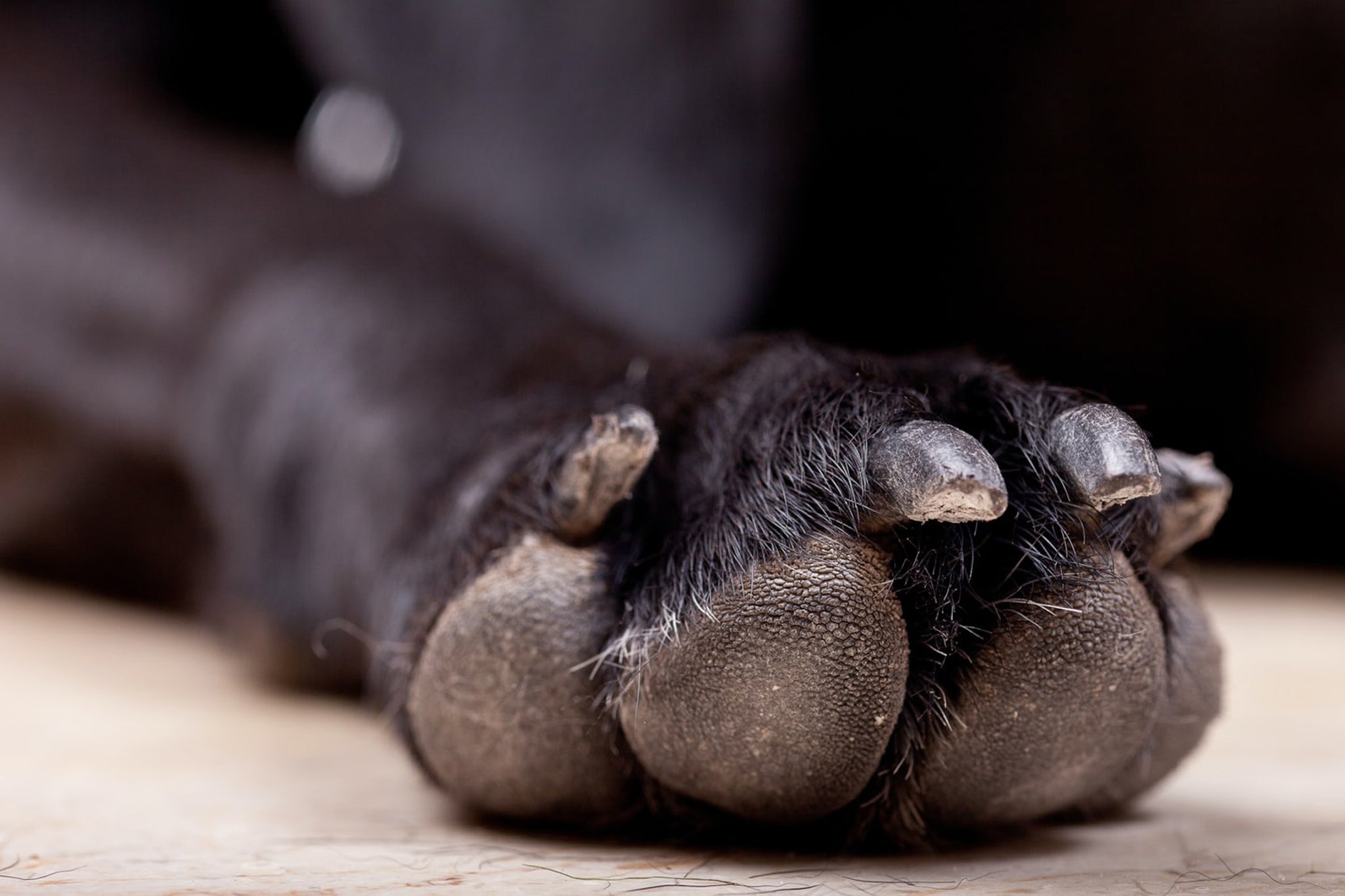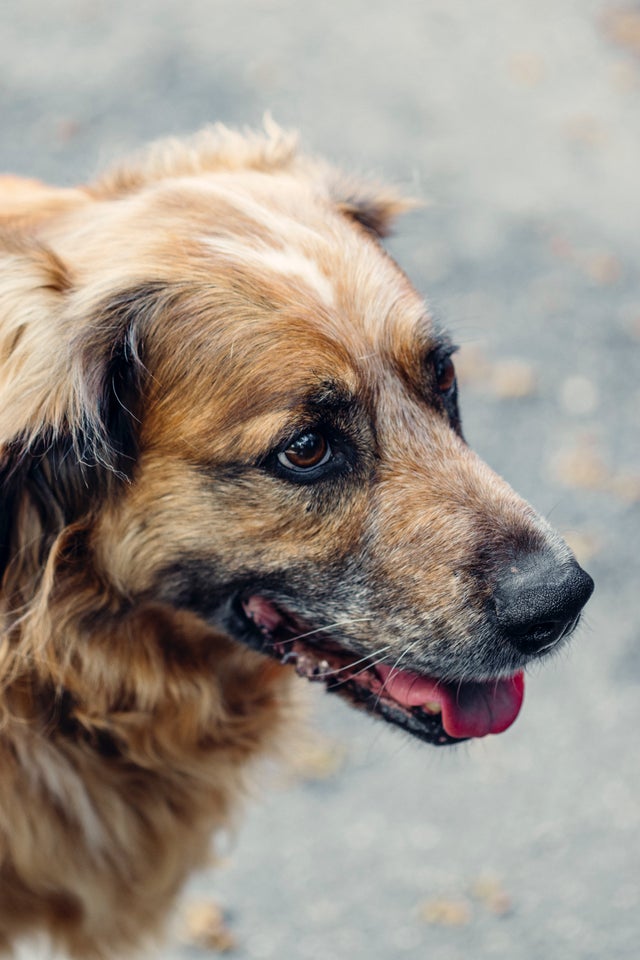When and Why to Trim Your Dog’s Nails
If you notice your dog’s nails are hanging too far over the pads of their feet, it may be time to trim. The frequency of nail trims depends on the breed of dog and their activity level. Walking on concrete can file a dog’s nails down and reduce how often they need trimming. The front paws often require trimming more frequently than the back. A healthy length for dog nails is just above the ground when they are standing. Maintaining the correct length of nails is important to avoid pain. Nails that are too long can cause your dog to bleed from scratching themselves and for their tendons to overextend. If nails get too long, they can split and become infected.
How to Keep Your Dog from Resisting Nail Trims
If your dog attempts to be an escape artist while you’re trimming their nails, gently hold them down so they are at ease and will not move suddenly. You may hold the tool in your dominant hand, lightly using your other arm and upper body to keep your dog laying on their side. Use your arm to keep their head on the ground or table and to hold their paw. Remain calm and patient to keep your dog in the same attitude, and talk to them in a soothing tone while you’re trimming.
Most dogs do not like getting their nails trimmed, so starting to trim their nails at home from a young age can help them feel more comfortable with the process over time. When you’re giving your dog a belly rub, also pet their feet to get them used to you holding their paws on a regular basis. Letting your dog smell the nail trimmers before trimming can also help them become more comfortable.
Be sure to reward your dog afterwards with treats, petting, or playtime to establish positive reinforcement for getting their nails trimmed.
How to Avoid the Quick
A common reason owners avoid trimming their dog’s nails at home is the concern of trimming the quick of the nail. The quick is the sensitive part of the nail that contains blood vessels, and if the quick is trimmed, it will bleed and cause pain. Avoiding the quick is the most important aspect of trimming your dog’s nails.
Place your thumb on the pad of the toe and use your forefinger to gently push the nail forward. This moves away any fur that may be in the way and extends the nail toward you. Make sure to clip the tip straight across and keep the cutting blade in sight to avoid cutting the quick.
The quick is easier to identify in lighter colored nails. It is the visible pink area of the nail closer to the base. Make sure to leave space between the end of the nail and the quick—a general rule of thumb is 2mm. For dogs with darker nails, the quick may not be as obvious. Clip only the curved part of the nail that is turned down. Trim in multiple, small cuts to reduce the chance of cutting the quick. Look at the nail in bright lighting between each cut. If you see a light gray or pink oval appear at the surface of the cut edge, stop.
If you accidentally cut the quick and their nail starts to bleed, tightly hold a gauze or cloth around the nail for a few minutes until bleeding stops. Specialty products like a styptic pencil or styptic powder can also help stop the bleeding. Don’t let your dog lick their nail while it’s bleeding—this may slow the healing and cause infection.
Ask Your Veterinarian for Help
Trimming your dog’s nails at home for the first time can be nerve racking, so ask your veterinarian for advice. They can help you have the right tools and products on hand. Guillotine trimmers are often used for smaller breeds and scissor trimmers are used for larger breeds. Your veterinarian may suggest which is best for your dog, and they may also recommend any of the styptic products to stop bleeding. They can walk you through the process step by step to make sure you are comfortable and confident with trimming at your dog’s nails at home.




